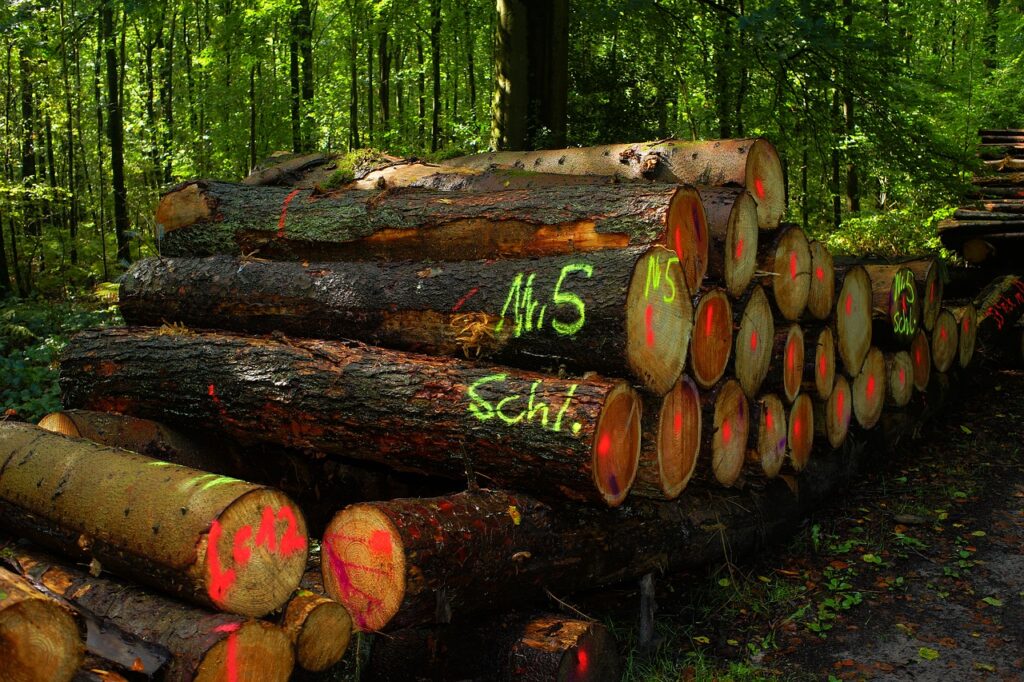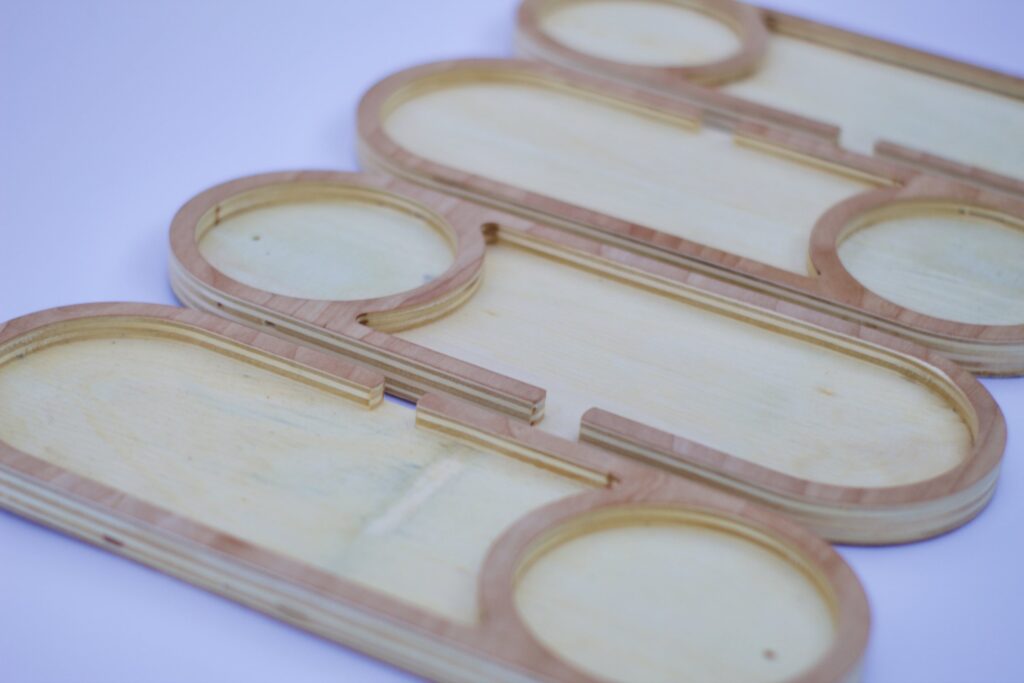Plywood is awesome!
Why can’t you want me like the other boys do?

By Herick Acosta
I spend most of my free time thinking and asking myself random questions. One of those countless occasions I asked myself how the hell is plywood made. Do you know? Well don’t worry, I will tell you right after this small and non-scientific introduction to plywood.


Plywood is made out of thin layers of wood (veneer) glued against each other with perpendicular grain direction. I consider this engineered material is great due to the following reasons:
- Minimal wood expansion and contraction: This is mostly achieved thanks to the opposing forces of the perpendicular grain direction.
- Big working area: The standard size of a plywood sheet is 1.22 m x 2.44 m which is big enough for most applications.
The value of these two characteristics lies in the fact that compared to traditional wood (solid lumber), plywood dimensionality is pretty stable when exposed to everyday humidity and temperature, and that 1.2 meter diameter trunks are not in every corner. This is a great segway for the main topic, plywood manufacturing process.
As mentioned before, plywood consists of a bunch of stacked layers of wood which undoubtedly have to come out of a three. To achieve this, plywood manufacturing companies use huge lathes that spin logs into a large blade, cutting each log into their desired thickness. A more simple way of putting this would be to compare this process with the sharpening of a pencil. The pencil would be the log and the pencil shaving the wood layers.
Once the layers are cut to rough dimensions, the glueing, staking and pressing processes start. For this, glue is applied to the layers and immediately after they are stacked perpendicular to the grain direction. This is followed by the pressing process where immense force is applied to adhere all the layers into one solid plywood. The final thing to do is to trim this rough sheet into the standard sizes and volia!

Plywood is amazing! Would you imagine a world without it? I surely don’t. I am a really big fan of plywood due to its sandwiched layers view (side view) and I am currently exploring many uses for this look. I just launched my first plywood product and I love it, a capsule catch-all tray. What do you think about it? I will be doing a post of this product next week to showcase its beauty and to explain my design process so please expect it soon.
